Starlink’s newest hardware, Gen 3 Standard, was launched in late 2023. If you are looking to get Starlink, or have already purchased a kit, you might be wondering what comes in the box. In this article, I will detail everything included in the Starlink Standard kit, so you know what to expect when your order arrives.
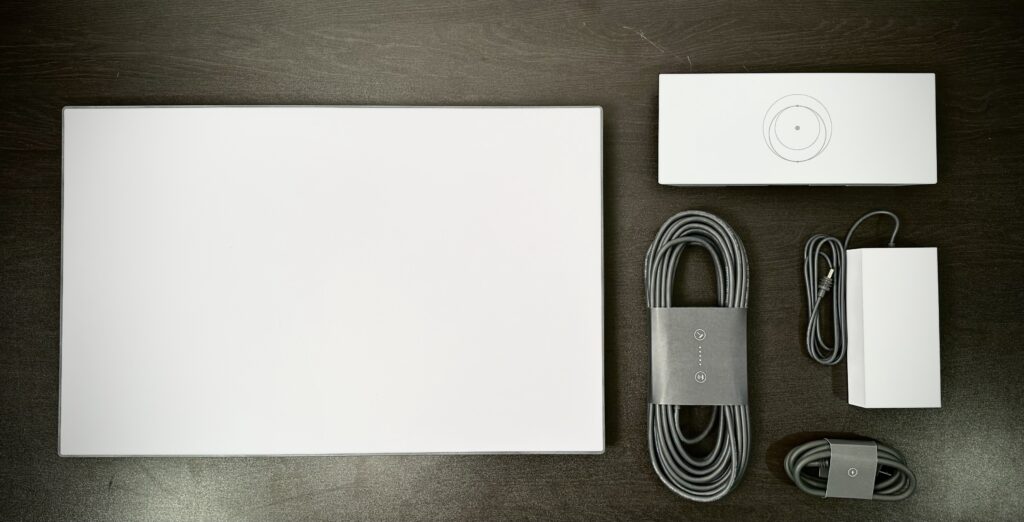
The Gen 3 “Standard” hardware option is available for most service plans. It’s the default equipment for Residential and Roam. The Starlink Standard kit contains everything you need to get online in just a few minutes:
- Gen 3 Standard dish
- 50′ Starlink cable
- Gen 3 Wifi router
- Power supply
- AC power cord
As you can see, the Starlink system is pretty simple. Now, let’s dive into the details for each component in the Starlink Standard kit.
Table of Contents
Unboxing video
Note: Some ad blockers will block our video player. If you don’t see the video, try disabling your ad blocker, and then reload the page.
Gen 3 Standard dish
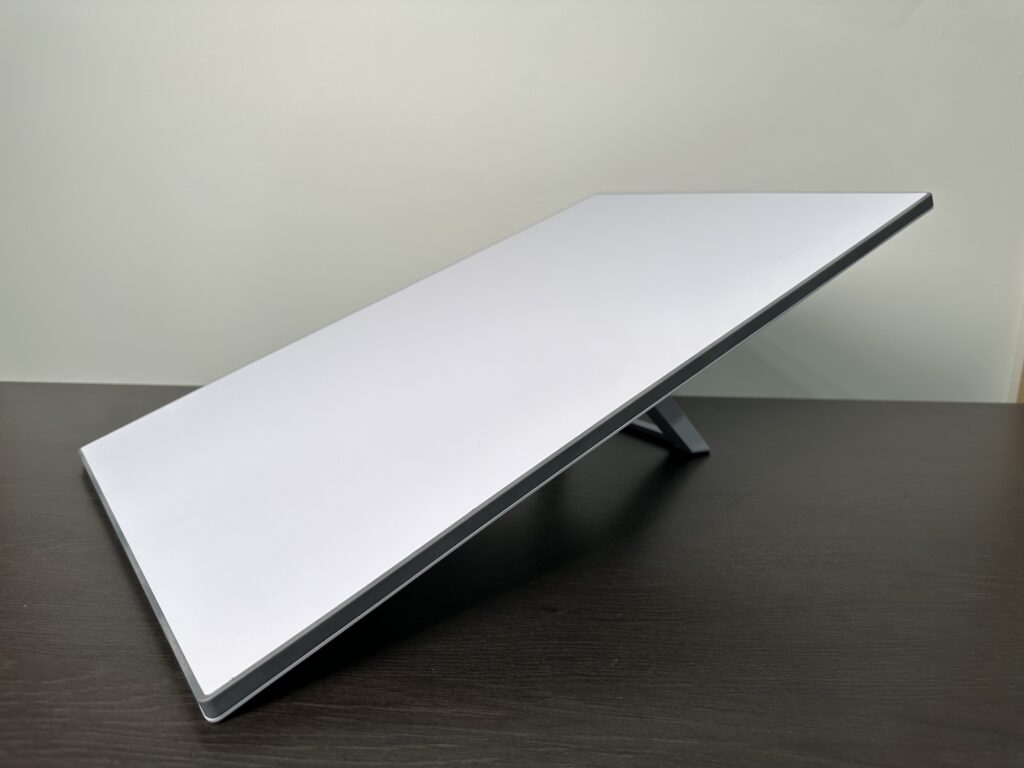
Starlink’s Gen 3 Standard dish is an electronic phased array antenna. It is a rectangular shape with a thin profile, compared to the previous Gen 2 Standard Actuated dish. A kickstand mount is included, which is great for portable usage, or for permanently mounting to a flat surface. The kickstand folds flat for easy storage, or can be removed and replaced with other Starlink mounts.
The Gen 3 Standard dish measures 23.4″ (594mm) x 15″ (383mm). It’s about 1.5″ (40mm) thick with the kickstand retracted. Power and data is supplied through the Starlink cable. The dish has an RJ45 connector to accept the Starlink cable.
Unlike previous generations, the Gen 3 Standard dish does not have motors to automatically align itself. You will have to manually rotate the dish, with the help of the Starlink app, during the initial setup.
50′ Starlink cable
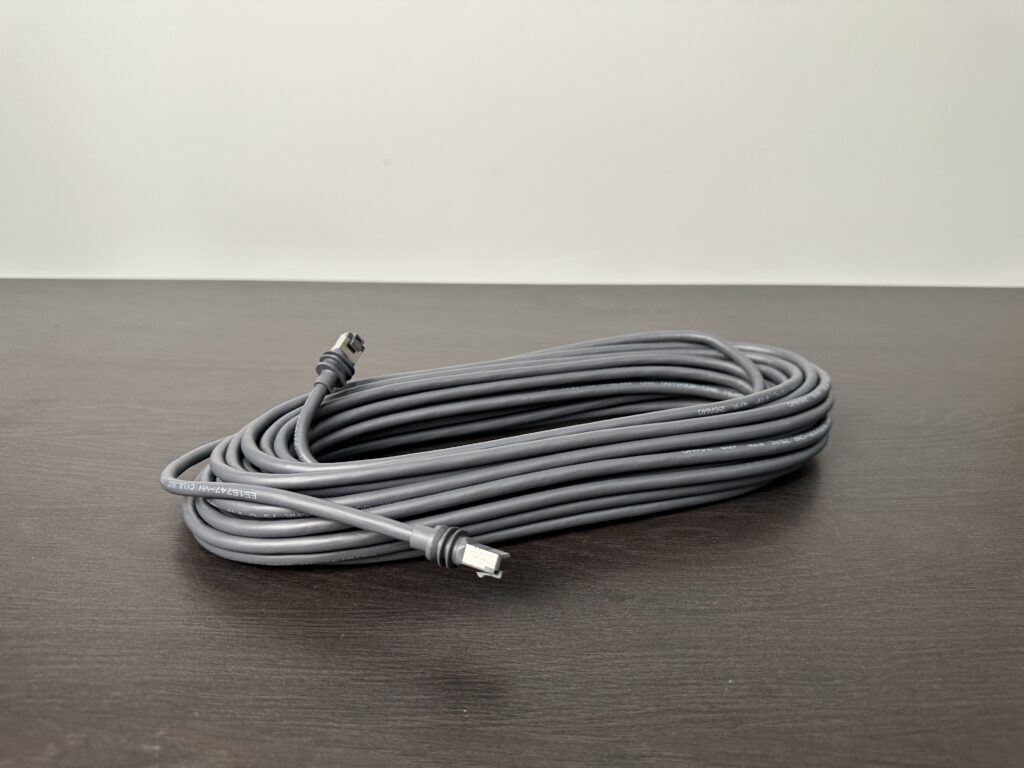
A 50′ (15m) Ethernet cable provides power and data from the Gen 3 router to the Starlink dish. The cable is shielded, and has unique moisture seals and a passive latch design. If you need a longer cable for your installation, Starlink sells a 150′ version.
3rd party shielded Ethernet cables can be used, but they might not properly latch in to the RJ45 connectors on the dish and router. Starlink’s RJ45 connectors use a passive latch design, meaning the cable can be disconnected just by pulling the cable out. On the included Starlink cable, moisture seals and a special latch help to hold the cable in better, compared to aftermarket cables.
Gen 3 Wifi router
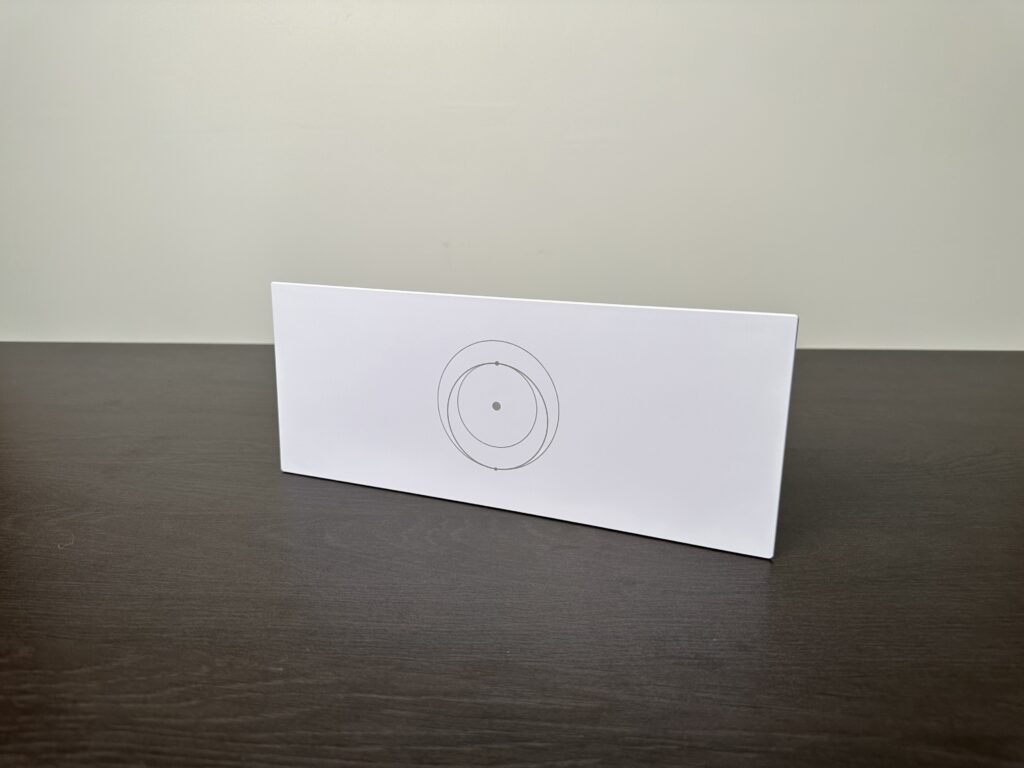
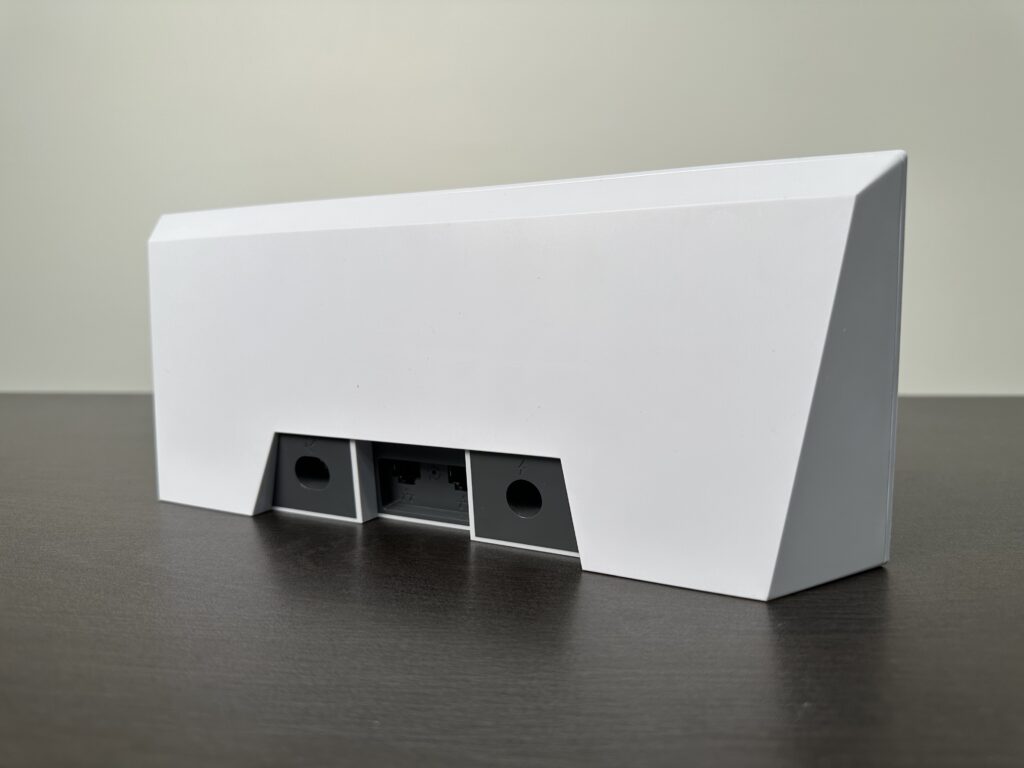
A Gen 3 Wifi router is included in the Starlink Standard kit. The router features Wifi 6 technology, enabling impressive Wifi speed and range. It can cover up to about 3,200 sq. ft. Two Ethernet LAN ports are included on the back of the router, for connecting devices or other network equipment.
Other features include a multi-color status LED on the front of the router, and a physical reset button. The Gen 3 Starlink router is wireless mesh compatible with other Starlink routers. It measures 1.7″ x 11.76″ x 4.74″ (43.4 x 298.6 x 120.4 mm).
Besides the two LAN ports, the Gen 3 router has two other connections for the Starlink cable and power supply cable. The power supply cable plugs into the router, providing power for the dish and router. The Starlink cable connector connects to the dish.
See also: Starlink Gen 3 Router Review
Power supply and AC power cord
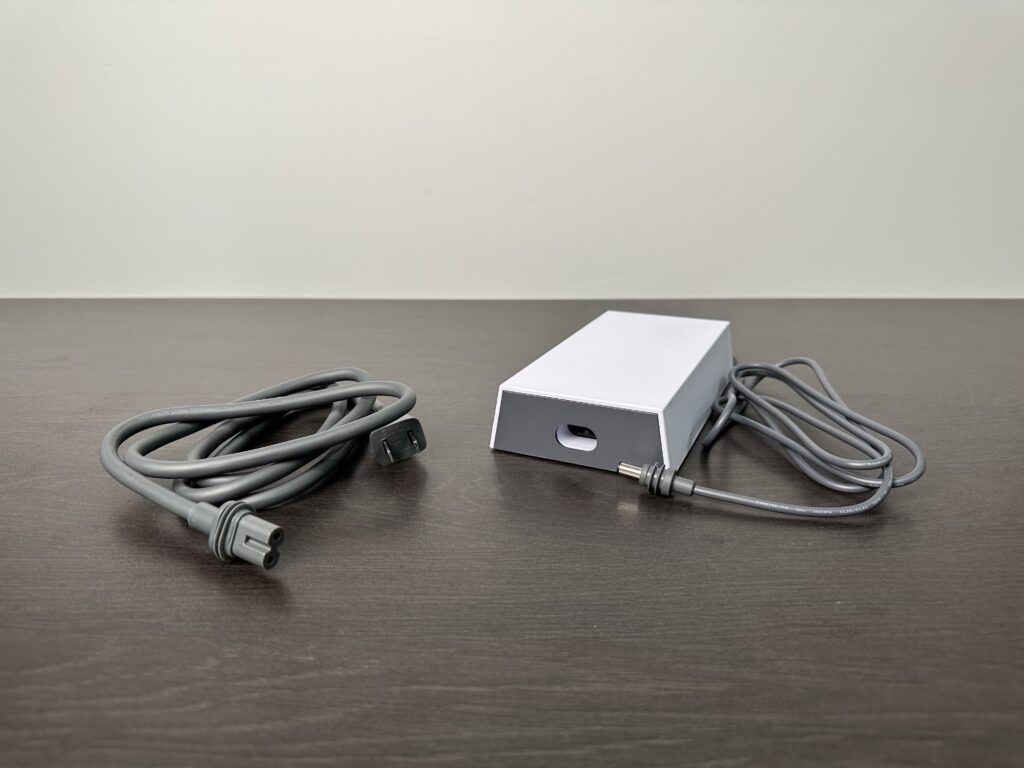
Unlike the Gen 2 Standard Actuated dish, the power supply for Gen 3 is separate. The power supply converts AC power from a standard wall outlet into 57V DC for the router and dish. One side of the power supply plugs into the wall outlet, and the other side plugs into the Gen 3 router.
The Gen 3 power supply measures 6.8″ x 3.66″ x 1.4″ (173 x 93 x 35.75 mm). On average, the Gen 3 system will use 75-100 watts. The power supply accepts 100-240VAC, 50-60Hz, and uses up to about 2.5A.
Final thoughts
That’s everything included in the Gen 3 Standard hardware kit. Although the equipment and setup is pretty simple, Starlink’s global satellite internet service is revolutionary for many people. They’ve managed to take a complicated engineering feat, and package it into the Gen 3 kit we covered in this article. If you are curious about other Starlink kits, check out what’s included in the Gen 2 Standard Actuated kit.

Where can I get a replacement power supply.mine has quite working only had it 2 weeks .can’t find one for sell anywhere and can’t get nowhere with customer service
You will have to create a support ticket with Starlink to get a replacement sent out under warranty. They aren’t available from 3rd party sources unless it’s on the used market.
I notice in this review the DC power supply output is listed as 57 VCD, while in other places here I see it listed as 48VDC. Which is correct?
The Gen 3 Standard power supply output is 57V. The 48V you see listed in other articles is probably referring to the Gen 2 dish.
$600 equipment charge is the dumbest thing about it. The next dumb thing is the lowest residential package is $120/mo. That’s hardly an affordable internet alternative. Idk if they have contracts, but why not have a lower equipment cost if you sign a contract. Also self installs should save the company money on installations so, its ridiculous to have such a steep price. I’m looking more towards HughesNet since its half the price and improved service with new satellites. I believe Hughesnet has high equipment cost too and they dont do self install option which I want. I’m fully capable of installing my own equipment.
Starlink is intended for people without any other alternatives, so the price isn’t that far off from other satellite internet options. HughesNet is an alternative, but that’s like ordering dial up compared to Starlink. Not only are the speeds much slower, but latency is the biggest problem. With HughesNet, you have 600+ ms of latency on your connection. That means ping sensitive activities like online gaming and video calling will be difficult, if not impossible. Starlink has latency under 60 ms, which is more like terrestrial broadband. The vast majority of people don’t want contracts. All contracts do is spread out the initial cost over time, locking you in as a customer. You aren’t really saving much money by being forced to be a customer for 2 years. If you go with Starlink, on the other hand, you can cancel anytime without fees or penalties. Maybe they lay fiber in your area next year. With a contract, you have to continue paying even if you want to switch providers.
You obviously have never lived in an area where your only choices are ViaSat, HughesNet and Starlink (and sometimes an overly expensive WISP). Because Starlink is WAY faster and Cheaper then the alternatives. Go head and get HughesNet and see how you like going over your monthly limit on day one and then having barely working internet the rest of the month. With HughesNet and ViaSat the ping is so bad, some connections, like games will complain that your internet isn’t stable enough.
By The Way: if you get the equipment from a retailer such as BestBuy or Costco, you get two free months of service.
I ordered mine from Home Depot and I didn’t get 2 free months
Will the kickstand on the gen3 dish really make for a good permanent mount?
To a flat surface, the kickstand can work as a permanent mount. For anything else, the kickstand is removed, and a roof/wall mount is put in its place.